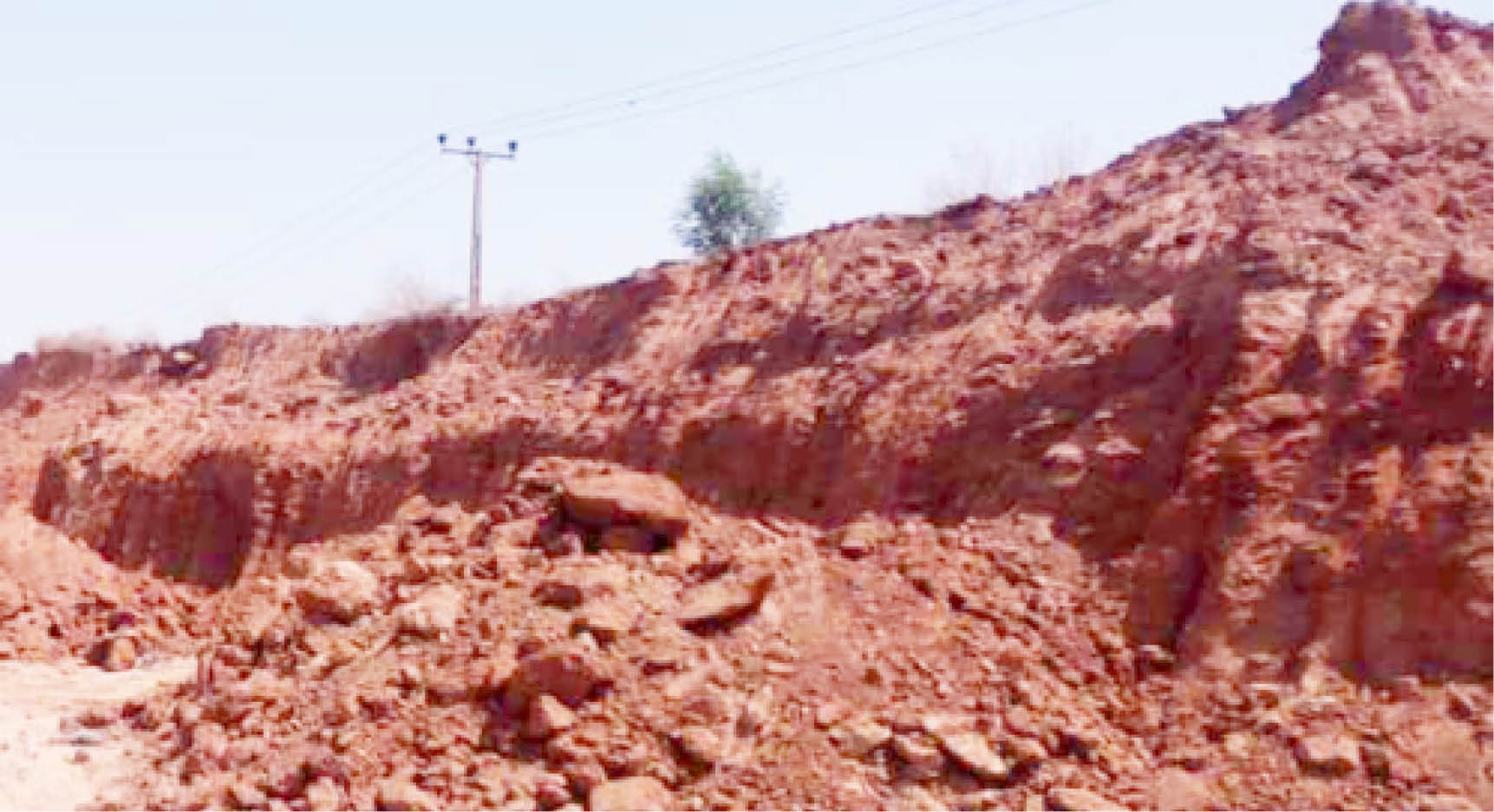Although historical monuments are symbolic and significant to a people’s identity, unfortunately, the Badalar Kano is a shadow of its former self.
The Kano ancient wall, popularly known as Badalar Kano, has been a source of pride to every well-meaning Kano citizen, just like the Great Wall of China is to a well-meaning Chinese and the great pyramid of Egypt to Egyptians.
That’s why every child in Kano was encouraged, through a song, to memorise the names of the wall gates. This song has become an anthem of sorts as it seeks to preserve the historic works of the people of Kano and their historic monuments.
Tracing the history of the wall, Malam Idris Bashir said, “The city wall was built to serve as protection from enemies and enable the people prepare for war.’’
He said the wall was built in the 12th century during the reign of Emir Gijimasu, from 1095 to 1134. He added that the wall was expanded during the reign of Emir Muhammadu Rumfa, who moved the palace to its present location.
The historian further said the wall also served as the first point of screening for goods and services entering the city. According to him, the entry gates were manned by the sarkin kofa, loyal subjects of the emir. Each sarkin kofa had a small army attached to him.
“In those days, every night the sarkin kofa would lock the gates and no one would be granted entrance till the following day. Merchants entering the city to do business were screened and taxes collected from them.
The gates were the only entry points to the city, and because they were properly manned, it was difficult for enemies to attack.
Also, a 72-year-old Alhaji Habu Mada of Gabari Quarters told Daily Trust on Saturday that, as captured in various kinds of literature, the city wall had 15 gates and a 19km circumference. He added that its initial shape was triangular and it marked the boundary of the ancient Kano city.
According to Mada, Kofar Kansakali was the first gate to be built between 1095 and 1135AD. He added that the 15 gates of the city are Kofar Nasarawa; Sabuwar Kofa; Kofar Dan Agundi; Kofar Naisa; Kofar Gadankaya; Kofar Famfo; Kofar Dukawiya; Kofar Kabuga; Kofar Kansakali; Kofar Waika; Kofar Ruwa; Kofar Dawanau; Kofar Wambai; Kofar Mazuga and Kofar Mata.
He also said that Sabuwar Kofa was built after the British invasion of Kano in 1903.
It was also gathered that the wall and its gates were initially under the protection of the emir, but in 1959, the Federal Government declared it a national monument; hence it became the responsibility of government.
Daily Trust on Saturday reports that this historical monument, which has existed for nearly 1,000 years, is threatened by negligence, encroachment and other factors. Gradually, parts of the wall are being replaced by buildings, fuel stations and other structures.
According to a report by the Gidan Makama Museum, custodians of the wall and associated sites in Kano, people usually pull down parts of the wall to build their houses and carry out other practices; hence less than 25 per cent is still standing.
It was also gathered that each of the gates has an interesting history.
The sarkin kofa of one of the gates in Nassarawa, Malam Ibrahim Ahmad Isma’il, said the gate got its name from the emir’s practice during the time of war.
Isma’il revealed that the present Kofar Nassarawa’s initial name was Kofar Kewaye, but it was renamed during the reign of Emir Muhammadu Rumfa as it was seen as the gate of victory.
“I am the 7th custodian of this gate in our family. There were others before our family, but I can’t tell you how many they were.
“Every emir used to go for war through the gate, and they usually came back victorious, hence the name Gate of Victory, which translates to Kofar Nassarawa in Hausa language,’’ Isma’il said.
He further said the gate had undergone two renovations, one of which was done from 1970 to 1972 by the then Kano State governor Audu Bako. The second renovation was done in 2014 by former Governor Rabi’u Musa Kwankwaso.
It was further learnt that the Kansakali, said to have been constructed during the reign of Emir Usman Gijimasu, got its name from a blacksmith. It was the first gate to be constructed.
Also, the initial name of the Kofar Mata was Kofar Fagge. It was changed to Kofar Mata due to a big tree planted by one of the custodians of the gate, which attracted many female hawkers.
Furthermore, the Kofar Dawanau is said to have been constructed during the reign of Emir Gijimasu in 1470. The gate got its name from the third son of a blacksmith.
The Kofar Mazuga is also said to have been constructed by Emir Gijimasu and named after a woman called Mazugal.
Also, the Sabuwar Kofa is said to have been constructed in 1933 by Emir Abdullahi Bayero. It was built to ease the walking distance for students of the then Kano Middle School, now known as Rumfa College. The gate was initially called Kofar Rumfa, after Emir Muhammadu Rumfa. It is currently called Sabuwar Kofa, meaning the new gate.
Again, the Kofar Wambai is said to have been constructed in 1118. Its initial name was Kofar Adama, but after 300 years of its construction, Emir Daudu changed it to Kofar Dagaci. During the reign of Emir Muhamadu Nazaki, the gate’s name was also changed to Kofar Wambai, after his son who was made the Wambai Kano.

 Join Daily Trust WhatsApp Community For Quick Access To News and Happenings Around You.
Join Daily Trust WhatsApp Community For Quick Access To News and Happenings Around You.


